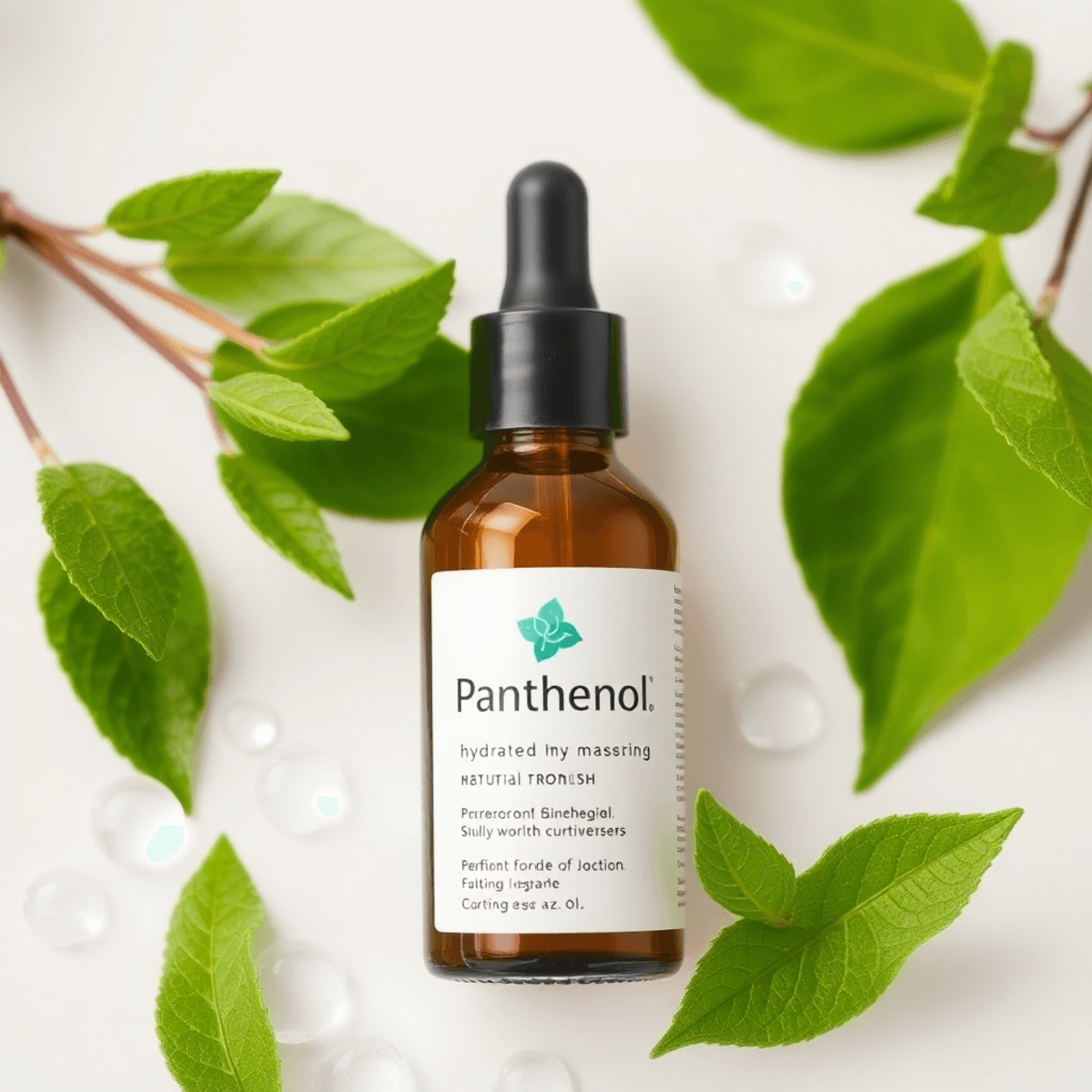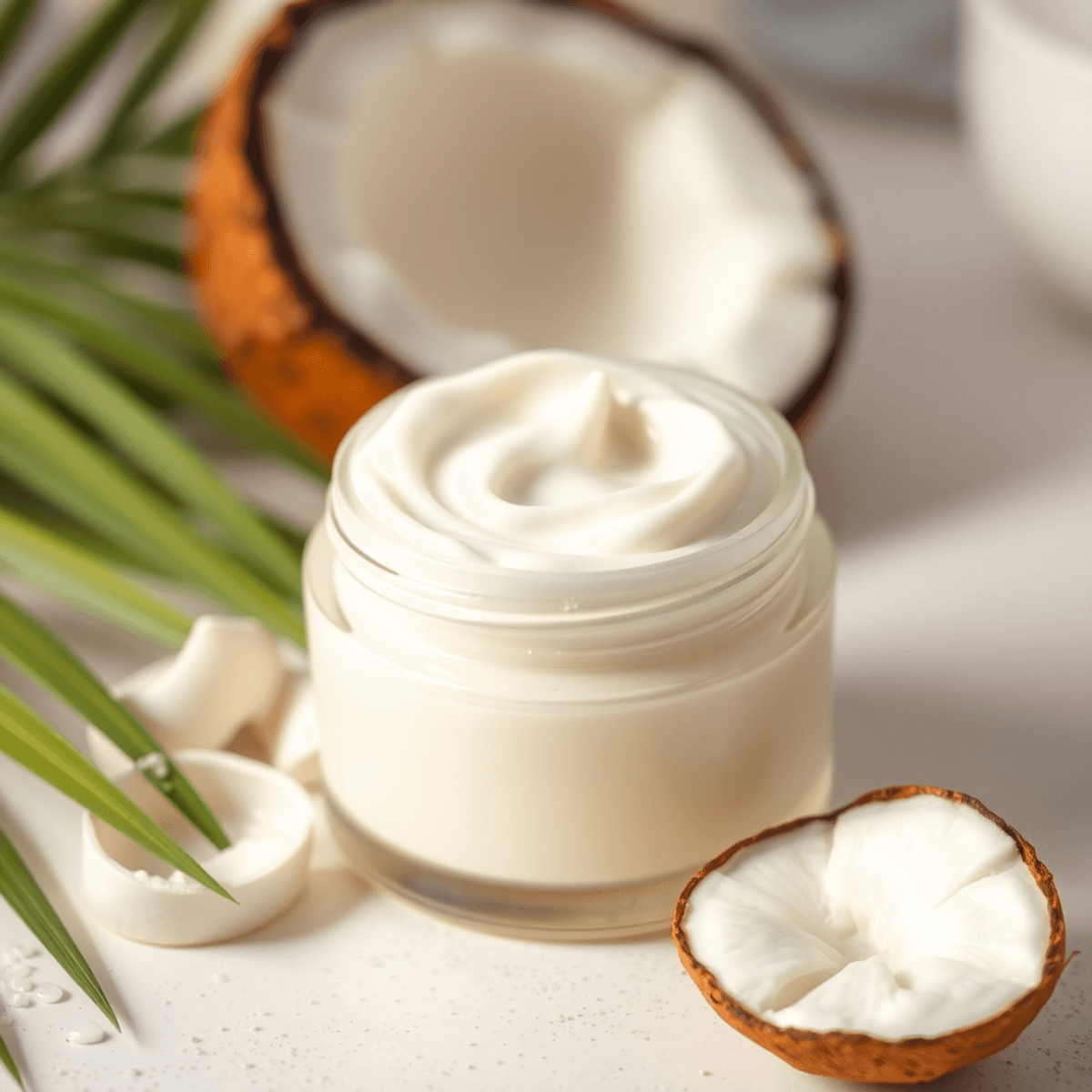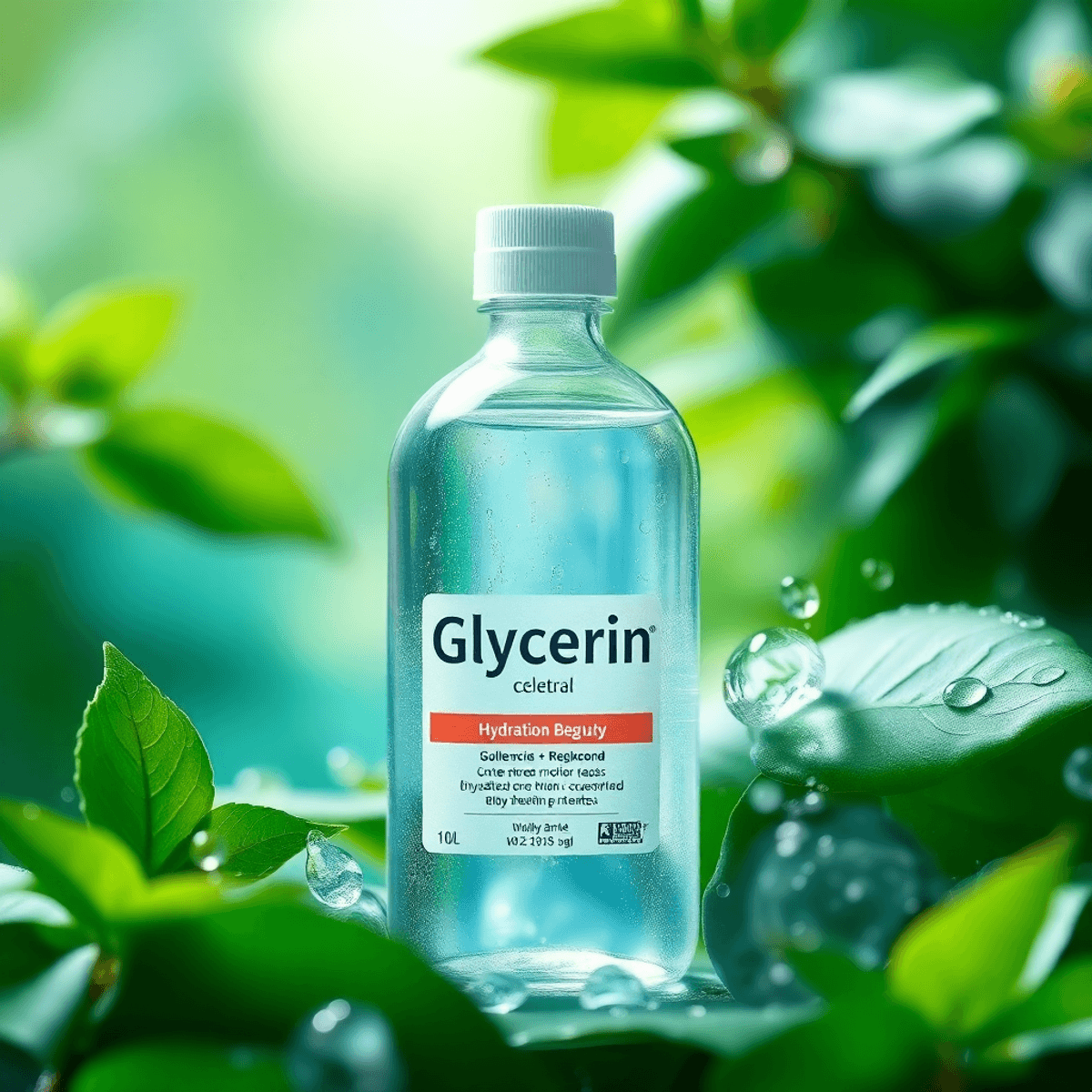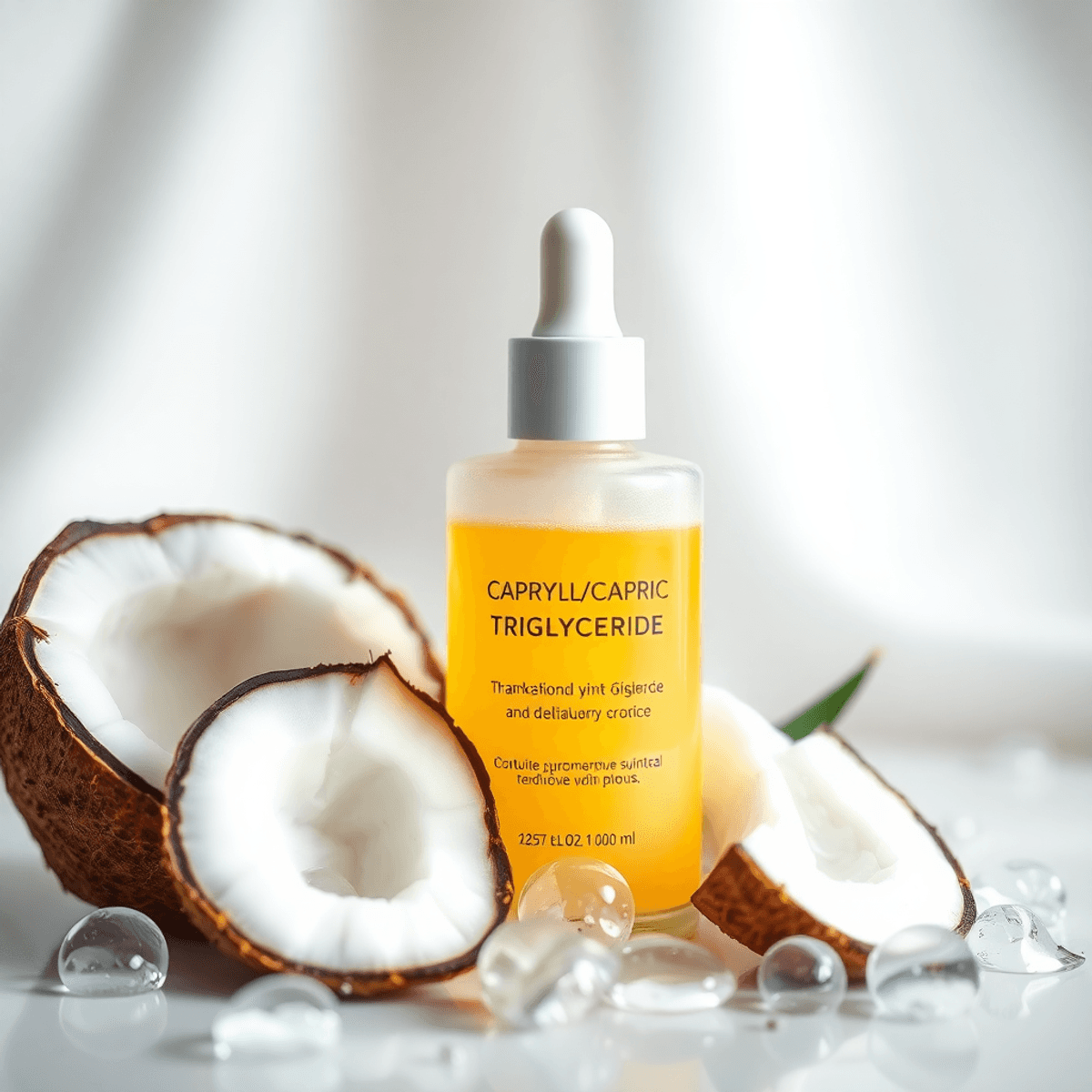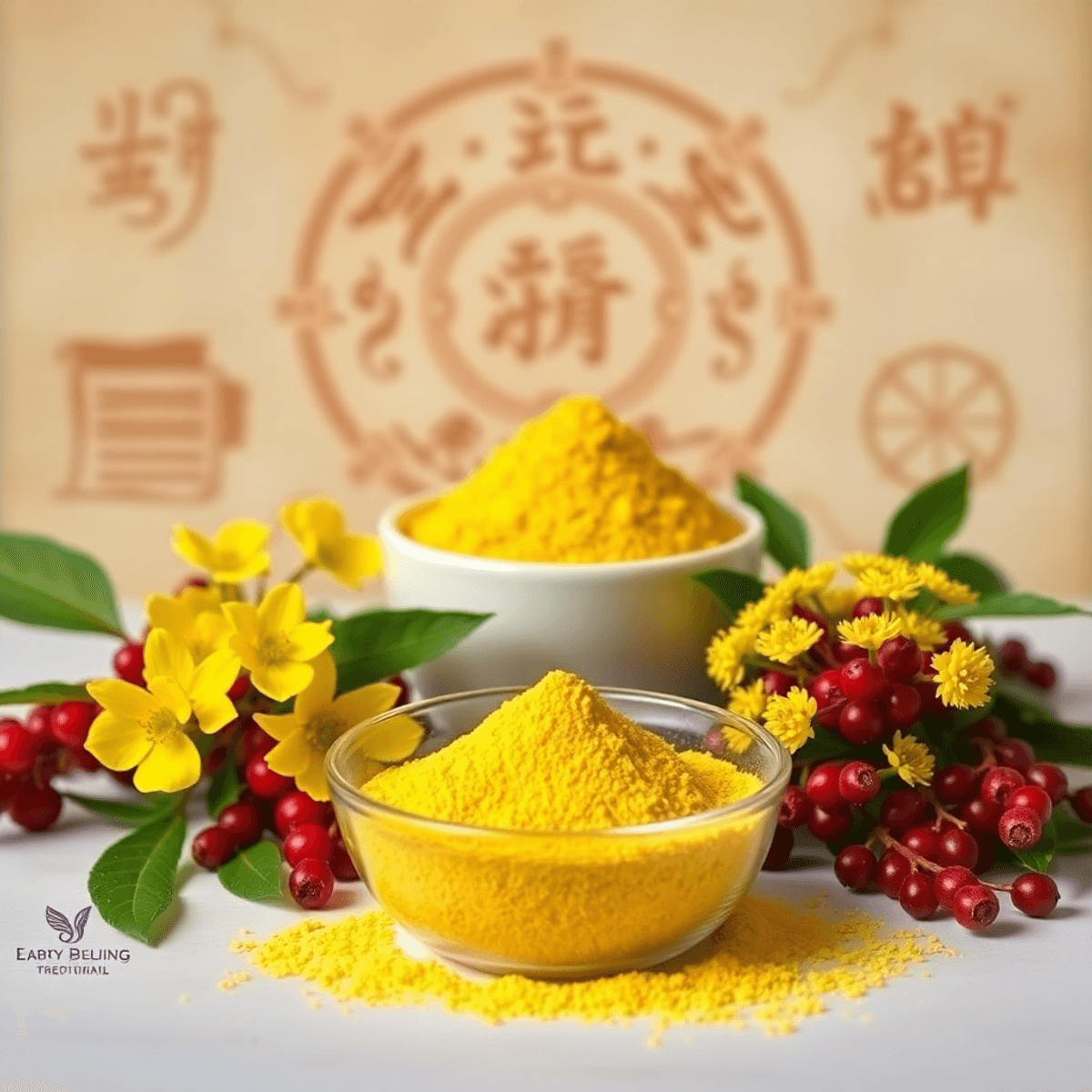Did You Know Caprylic/Capric Triglyceride Can Transform Your Skin?

Did You Know Caprylic/Capric Triglyceride Can Transform Your Skin?
Your search for the perfect skincare ingredient ends with Caprylic/Capric Triglyceride - a powerful compound that's changing the beauty industry. This amazing ingredient, derived from coconut oil and glycerin, has become a key component in modern skincare formulations.
Think of it as your skin's secret weapon. It acts as:
- A superior moisturiser
- A protective barrier against environmental damage
- A stability enhancer for your favourite products
The beauty industry has seen an increase in products featuring this versatile ingredient, with leading brands using it in their premium formulations. From luxurious moisturisers to advanced serums, Caprylic/Capric Triglyceride's presence in skincare products has grown by 300% in the past decade.
You'll find this transformative ingredient listed in countless product labels, often appearing as CCT or caprylic capric glycerides. Its rising popularity comes from its amazing ability to enhance product effectiveness while being gentle on the skin - a rare combination in the world of skincare ingredients.
Understanding Caprylic/Capric Triglyceride
Caprylic/Capric Triglyceride is a mixed ester derived from caprylic acid, capric acid, and glycerin. These medium-chain fatty acids create a lightweight, colourless oil that's stable at room temperature. The chemical structure consists of a glycerol backbone with three fatty acid chains attached, giving it unique properties for skincare applications.
How Caprylic/Capric Triglyceride is Made
The journey of this compound begins with coconut oil extraction, where specific fatty acids are isolated and combined with glycerin through a process called esterification. This scientific transformation creates a refined ingredient that's different from raw coconut oil in both texture and function.
Historical Use in Cosmetics
Historical use of Caprylic/Capric Triglyceride in cosmetics dates back to the 1960s, with early applications focusing on its emollient properties. The compound gained popularity for its:
- Exceptional stability
- Resistance to oxidation
- Ability to enhance product texture
- Compatibility with various skin types
Modern Applications in Cosmetic Formulations
Modern cosmetic formulations utilise this versatile ingredient across different product categories:
- Facial moisturisers
- Body lotions
- Sunscreens
- Makeup products
- Hair care formulations
Research has shown that Caprylic/Capric Triglyceride maintains its stability even when exposed to varying temperatures and pH levels, making it a reliable choice for cosmetic chemists developing long-lasting products.
The Multifunctional Role of Caprylic/Capric Triglyceride in Skincare Formulations
Caprylic/Capric Triglyceride stands out as a powerhouse ingredient in skincare formulations, serving multiple essential functions that benefit your skin health.
1. Emollient Properties
As an emollient, this ingredient creates a protective barrier on your skin's surface, preventing moisture loss and maintaining hydration levels. The lightweight, non-greasy texture helps:
- Soften rough skin texture
- Reduce flakiness and dryness
- Create a smooth, silky feel
- Lock in essential moisture
2. Antioxidant Protection
Your skin faces daily exposure to environmental stressors, including:
- UV radiation
- Air pollution
- Free radicals
- Oxidative stress
Caprylic/Capric Triglyceride helps shield your skin from these damaging factors by providing antioxidant protection. This defensive action supports your skin's natural barrier function and helps maintain a healthy appearance.
3. Solvent Capabilities
The compound's role as a solvent proves crucial in skincare formulations:
- Prevents ingredient separation
- Ensures even distribution of active ingredients
- Maintains product stability
- Enhances the shelf life of skincare products
These solvent properties make Caprylic/Capric Triglyceride invaluable in various skincare products, from serums to moisturisers. The ingredient's ability to dissolve and disperse other components ensures you receive the full benefits of each product's active ingredients.
The combination of emollient, antioxidant, and solvent properties makes Caprylic/Capric Triglyceride a versatile ingredient that enhances both the effectiveness and stability of your skincare products.
Safety, Efficacy, and Versatility of Caprylic/Capric Triglyceride in Skincare Products
The FDA has granted Caprylic/Capric Triglyceride (CCT) a GRAS status - Generally Recognised as Safe - making it a trusted ingredient in skincare formulations. Research demonstrates its remarkably low toxicity profile compared to many common skincare ingredients, with studies showing minimal skin irritation even at high concentrations.
Safety Profile Highlights:
- Non-irritating at concentrations up to 100%
- Zero reported cases of systemic toxicity
- Minimal risk of allergic reactions
- Safe for long-term use in skincare products
CCT's versatility shines through its presence in numerous skincare products. You'll find this powerhouse ingredient in:
Daily Skincare Essentials:
- Moisturisers and facial creams
- Cleansing oils and balms
- Serums and treatments
- Body lotions and butters
These daily essentials often incorporate all-natural ingredients, which can further enhance the efficacy of products like CCT-infused moisturisers that create a silky-smooth texture while enhancing ingredient penetration.
Specialised Products:
- Sunscreens (helps stabilise UV filters)
- Eye creams (gentle enough for delicate areas)
- Makeup removers (dissolves stubborn products)
- Hair care products (adds shine without greasiness)
For cleansing products, it effectively dissolves makeup and impurities without stripping the skin's natural oils.
Research by dermatologists indicates CCT's exceptional stability in various formulations. Unlike some volatile ingredients, it maintains its efficacy throughout the product's shelf life, making it a reliable choice for manufacturers and consumers alike.
The ingredient's safety profile extends beyond individual products - CCT helps stabilise other potentially irritating ingredients in formulations, reducing the risk of adverse reactions. This protective quality makes it particularly valuable in products designed for sensitive skin types.
Exploring the Antimicrobial Properties and Non-Comedogenic Nature of Caprylic/Capric Triglyceride for All Skin Types
Caprylic/Capric Triglyceride brings powerful antimicrobial properties to skincare formulations. This ingredient actively works to inhibit the growth of harmful bacteria, making it particularly beneficial for acne-prone skin types. Research shows its effectiveness against various microorganisms that can trigger breakouts and skin irritation.
How It Works
The antimicrobial action works through two primary mechanisms:
- Direct bacterial inhibition: The compound disrupts bacterial cell membranes
- Protective barrier formation: Creates an environment unsuitable for microbial growth
Benefits for Acne-Prone Skin
For those with acne-prone skin, these properties help:
- Reduce bacterial colonisation on the skin surface
- Minimise the risk of breakouts
- Support the skin's natural defence system
The non-comedogenic nature of Caprylic/Capric Triglyceride sets it apart from many other skincare ingredients. With a comedogenic rating of 0, it won't clog your pores or lead to blackheads. This characteristic makes it exceptionally suitable for:
- Oily skin types: Provides moisture without adding excess oil
- Sensitive skin: Gentle and non-irritating
- Combination skin: Balances oil production without disrupting the skin barrier
Who Can Benefit?
You'll find this ingredient particularly beneficial if you struggle with:
- Frequent breakouts
- Excess oil production
- Sensitive skin reactions
- Combination skin concerns
The lightweight texture allows your skin to breathe while maintaining adequate hydration levels. This dual-action approach - combining antimicrobial properties with non-comedogenic characteristics - makes Caprylic/Capric Triglyceride a valuable ingredient for maintaining clear, healthy skin across all skin types.
Conditions That May Benefit
For individuals suffering from conditions like atopic eczema, dermatitis or psoriasis, incorporating products that contain Caprylic/Capric Triglyceride could be beneficial. In such cases, using specialised products like the Il Bagno Body Wash For Eczema or the Crema Di Matteo Eczema Cream could provide relief. These products are designed to soothe and hydrate dry, itchy skin while also addressing specific concerns related to eczema and dermatitis.
Environmental Considerations and Sustainable Practices in Sourcing Caprylic/Capric Triglyceride from Coconut Oil
The rising demand for Caprylic/Capric Triglyceride has sparked discussions about sustainable sourcing practices in the cosmetics industry. The production of this ingredient relies heavily on coconut oil, raising concerns about environmental impact and agricultural practices.
Key Environmental Challenges:
- Deforestation for coconut palm plantations
- Water resource depletion
- Soil degradation from intensive farming
- Carbon footprint from processing and transportation
Responsible manufacturers have implemented sustainable practices to address these environmental concerns. Many companies now partner with certified organic coconut farms that maintain biodiversity and protect local ecosystems.
Sustainable Production Methods:
- Implementing crop rotation systems
- Using organic farming practices
- Supporting small-scale farmers
- Reducing water consumption during processing
- Utilising renewable energy in manufacturing
Several certification programmes help identify sustainably sourced Caprylic/Capric Triglyceride:
- RSPO (Roundtable on Sustainable Palm Oil)
- Fair Trade certification
- Organic certification
- Rainforest Alliance certification
You can support sustainable practices by choosing skincare products from brands that prioritise environmental responsibility and transparent sourcing. These brands often display their certifications prominently and provide detailed information about their supply chain practices.
The beauty industry's shift towards sustainable sourcing has encouraged innovations in production methods, including the development of lab-created alternatives and more efficient extraction processes that minimise environmental impact.
Incorporating Caprylic/Capric Triglyceride into Your Skincare Routine: Tips and Recommendations
Ready to harness the power of Caprylic/Capric Triglyceride in your skincare routine? Here's your practical guide to selecting and using products containing this transformative ingredient:
Selecting the Right Products:
- Look for products listing Caprylic/Capric Triglyceride in the first 5-7 ingredients
- Choose formulations matching your skin concerns (dry, oily, combination)
- Start with gentle, basic products like moisturisers or serums
- Check for complementary ingredients such as hyaluronic acid or niacinamide
Effective Product Layering:
- Begin with water-based cleansers
- Apply lightweight, Caprylic/Capric Triglyceride-containing serums
- Follow with moisturisers containing the ingredient
- Seal with facial oils (if needed)
Application Tips:
- Apply products on slightly damp skin for enhanced absorption
- Use gentle, upward motions when applying
- Allow 30-60 seconds between layers
- Start with a small amount - a pea-sized portion is sufficient
Time of Use:
- Lighter formulations work best for morning routines
- Richer, more emollient products suit evening applications
- Products containing this ingredient pair well with most active ingredients
Remember to patch test new products on your inner arm for 24 hours before applying to your face. This helps identify any potential sensitivities while allowing you to experience the full benefits of Caprylic/Capric Triglyceride in your skincare routine.
Conclusion: Embrace the Transformative Power of Caprylic/Capric Triglyceride for Healthy Skin!
The transformative skincare benefits of Caprylic/Capric Triglyceride make it a powerful ally in your beauty routine. This versatile ingredient delivers:
- Deep moisturisation without clogging pores
- Enhanced product stability and effectiveness
- Antimicrobial protection for healthier skin
- Suitable for all skin types, including sensitive skin
Ready to experience the difference? Look for skincare products featuring Caprylic/Capric Triglyceride on their ingredient lists. Your skin deserves the nourishing, protective benefits this remarkable compound offers.
However, achieving healthy skin isn't solely about using the right products; it's also about embracing a holistic approach to health. You can explore more about this in our natural health blog, which provides valuable tips and tricks on living a healthier, happier life.
Start your journey towards transformed, healthier-looking skin today with this scientifically proven ingredient that's revolutionising the beauty industry.
FAQs
What is Caprylic/Capric Triglyceride?
Caprylic/Capric Triglyceride is a mixed ester derived from coconut oil, known for its emollient properties and versatility in skincare formulations.
How does Caprylic/Capric Triglyceride benefit the skin?
This ingredient acts as an emollient, providing a protective barrier on the skin, offering antioxidant protection against environmental stressors, and serving as a solvent to enhance the effectiveness of other ingredients.
Is Caprylic/Capric Triglyceride safe for all skin types?
Yes, Caprylic/Capric Triglyceride is non-comedogenic and has powerful antimicrobial properties, making it suitable for all skin types, including acne-prone and sensitive skin.
What are some historical uses of Caprylic/Capric Triglyceride in cosmetics?
Historically, Caprylic/Capric Triglyceride has been utilised in various cosmetic formulations due to its moisturising and stabilising properties, contributing to the overall texture and efficacy of products.
How can I incorporate Caprylic/Capric Triglyceride into my skincare routine?
To effectively incorporate this ingredient, look for products that list Caprylic/Capric Triglyceride in their ingredients. Apply them on slightly damp skin for enhanced absorption, and consider using lighter formulations in the morning and richer ones at night.
What environmental considerations are there regarding the sourcing of Caprylic/Capric Triglyceride?
The rising demand for Caprylic/Capric Triglyceride has sparked discussions about sustainable sourcing practices from coconut oil. It's important to choose products that prioritise environmentally friendly methods in their production.


